Note: This article was written as part of a commercial content partnership between CompleteCar.ie and Toyota.
“ELECTRIFIED CARS ARE COMING!”, scream the newspaper headlines. We’ve got news for you: electrified cars are not only here, but they’ve been here since 1997. It all just depends on how you define electrified motoring.
You see, back in 1997, Toyota launched the first ever Prius; back then it was a tall four-door saloon with just 58hp which didn’t even seem like much then and seems like nothing at all now.
So how did Toyota turn that original Prius into a workable, useable car? It added electric power, in the shape of an electric motor which drew energy from a stack of relatively simple - but hugely reliable - nickel batteries behind the back seats. The electric boost meant that the Prius would have decent performance and the petrol engine was optimised for frugality. The hybrid car was born, and electrified motoring was off to the races.
*An electrified car is one propelled by an electric motor to some extent. Some electrified cars, including Hybrids and Plug-in Hybrids, also have a petrol engine. Others, like the Toyota bZ4X, are entirely electric.
From the Prius to the rest of the lineup
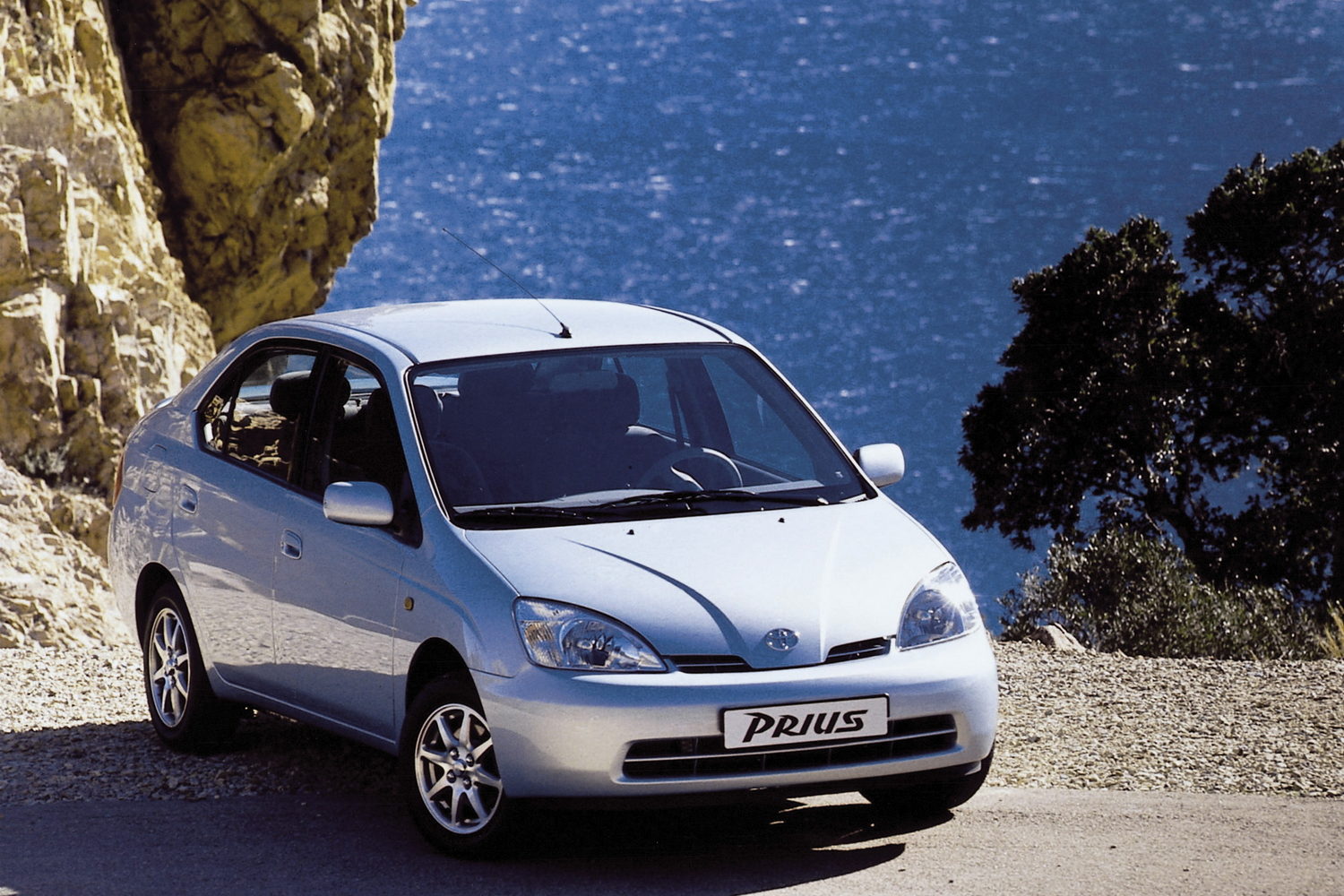
That original Toyota Prius was something of a slow burner, and it would be the sleeker second- and third-generation models that would really start to make a success of hybrid motoring. For many years, the Prius was the only hybrid-engined Toyota, but the success of the technology - especially in the US market - lead Toyota to spread the tech out to the rest of the lineup.
First the Yaris and RAV4 got hybrid power, and then the Auris and eventually the Corolla, so now almost every Toyota on sale in Ireland is either entirely hybrid-powered or has a hybrid-engined option. That’s true whether it’s the Yaris, Yaris Cross, C-HR, Corolla, Corolla Cross, RAV4 or Highlander.
How is hybrid electrified?
So how does a hybrid work, and how is it electrified? A ‘regular’ hybrid is often referred to as an HEV (Hybrid Electric Vehicle) and it’s simple enough in concept, but tricky to get right in engineering terms. A modern hybrid works just like that original Prius. You design the petrol engine to be incredibly economical. Doing so and using the fuel-saving ‘Atkinson Cycle’ combustion process (which is complicated but basically uses clever valve timing to burn les fuel) means that the engine will be down on power compared to a conventional engine of comparable size.
So, you parachute in an electric motor and a stack of batteries. The electric motor - which once again has lots of torque, that ‘oomph’ feeling you get when you accelerate from low speeds - can compensate for the lack of engine power and gives the car good all-round performance.
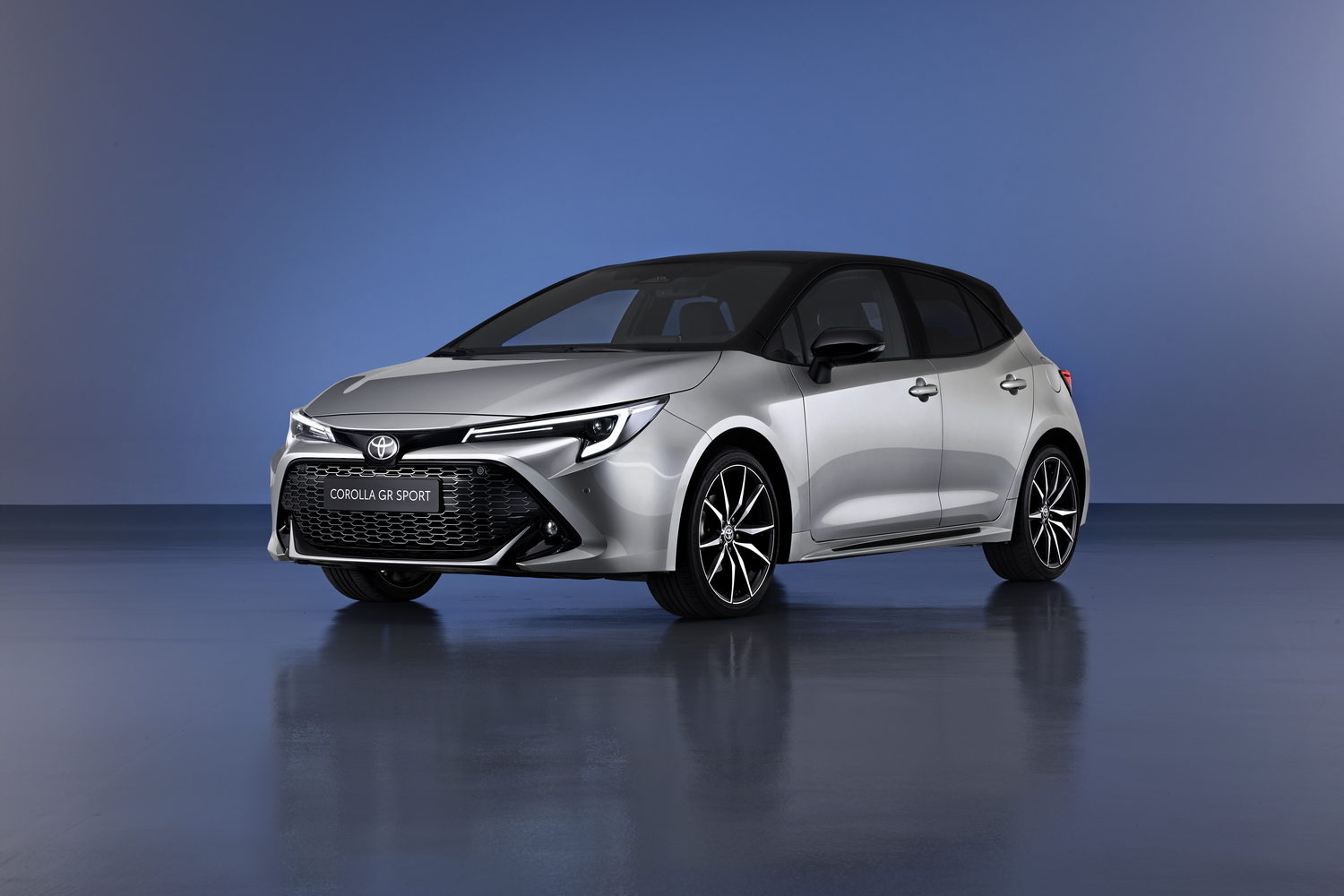
For example, the 1.8-litre hybrid system of the current Corolla Hybrid produces up to 140hp, which is comparable to a conventional 2.0-litre petrol engine. Yet it uses 4.5 litres per 100km with ease. There’s no plug - the batteries are kept charged by decelerating (energy otherwise wasted in heating the normal brakes is returned to the batteries via the electric motor acting as a generator) or by drawing power from the engine when needed.
Running in zero-emissions mode
There’s more, though. As the technology developed through the 2000s and 2010s, Toyota realised that the hybrid system could be used for more than just adding power and saving fuel. By developing better batteries, more efficient motors and better software, you could get the hybrid system to default to battery power as much as possible at lower speeds, such as when driving around town. With more and more people living - and driving - in cities around the world, this meant you could in theory run a hybrid on electric power for a sizeable proportion of each journey. Not a fully electric model by any means, but a car that can run on electric power for lots of short bursts adds up to a lot of carbon emissions savings, as well as fuel cost savings for the driver and better local air quality.
It’s been proven to work, too. Back in 2019, Toyota loaned some hybrid-engined cars to researchers at University College Dublin (UCD) to see just how much of an average journey a hybrid car could spend running on electric power, with the engine off. The test team found that 60 per cent of the time around town the hybrid cars were defaulting to battery power. And that was five years ago.
Plug-in power for more electric driving
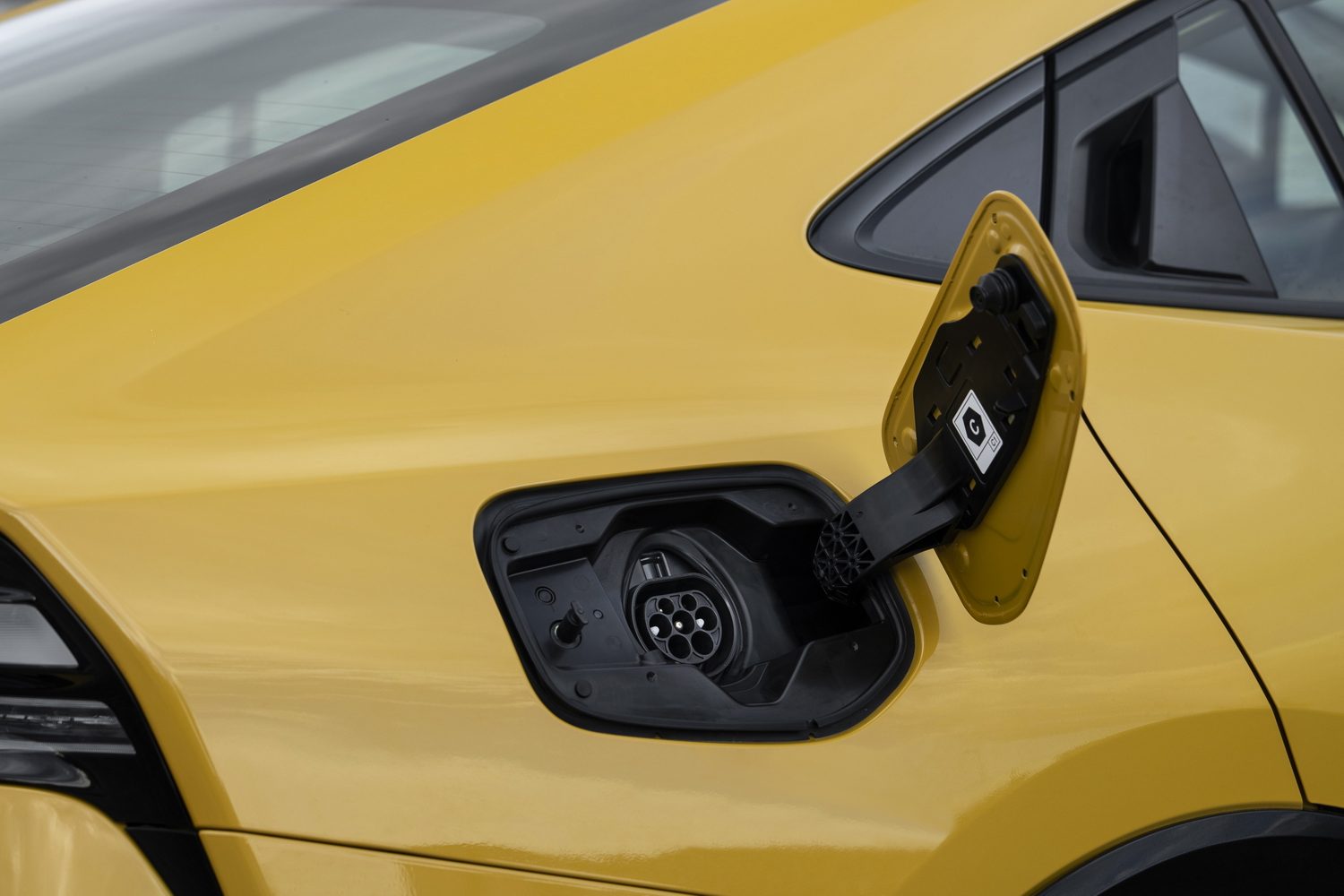
What, though, if you want to spend more time than that on electric power? What if you want to, say, do your daily commuting on battery power, but still have a petrol engine and a fuel tank for those occasional longer journeys? Well, you can do that too.
Back in 2009, Toyota developed a small number of third-generation Prius models around a plug-in hybrid concept. The idea being that, by adding a slightly larger battery you could charge it up from the mains, providing enough energy to allow the car to run on just electricity for short journeys. Those original plug-in hybrid Prius models could manage only 21km on electric power alone, but the project proved that the tech could work.
Developing the technology took time (Toyota is a company that won’t release new tech to the public until it’s 100 per cent certain that it works, and works reliably), but by 2017, Toyota was ready to release its first full-production plug-in hybrid, the Prius Plug-In which has unique styling in comparison to the Prius hybrid.
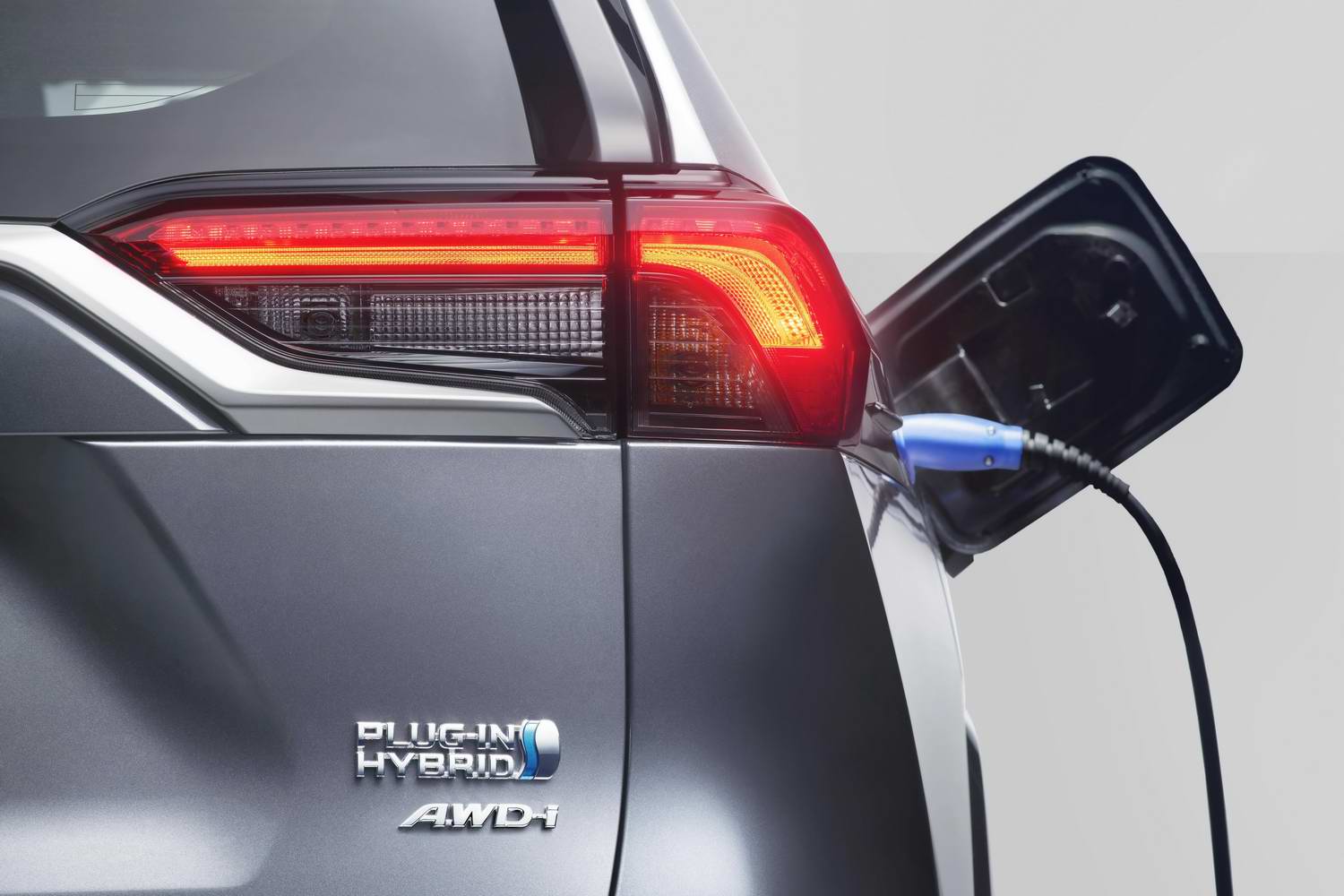
The Prius PHEV model was followed up by the RAV4 PHEV (Plug-In Hybrid Electric Vehicle). This combines a 2.5-litre petrol engine with a stack of batteries big enough to take you for as much as 75km on just electricity before the petrol engine needs to wake up. Better yet, thanks to some clever software and a very economical petrol engine, when you do need to tackle a longer journey, the RAV4 PHEV can provide genuine diesel-like fuel economy. It makes for a terrific all-rounder.
Following the success of the RAV4 PHEV, Toyota decided to go back to its roots and created an all-new, fifth-generation Prius which is now only available as a plug-in hybrid in this part of the world. It can go for 71km on electric power alone. It has been joined by a plug-in hybrid version of the C-HR crossover, which can manage as much as 66km of driving on fully electric power once you charge it up.
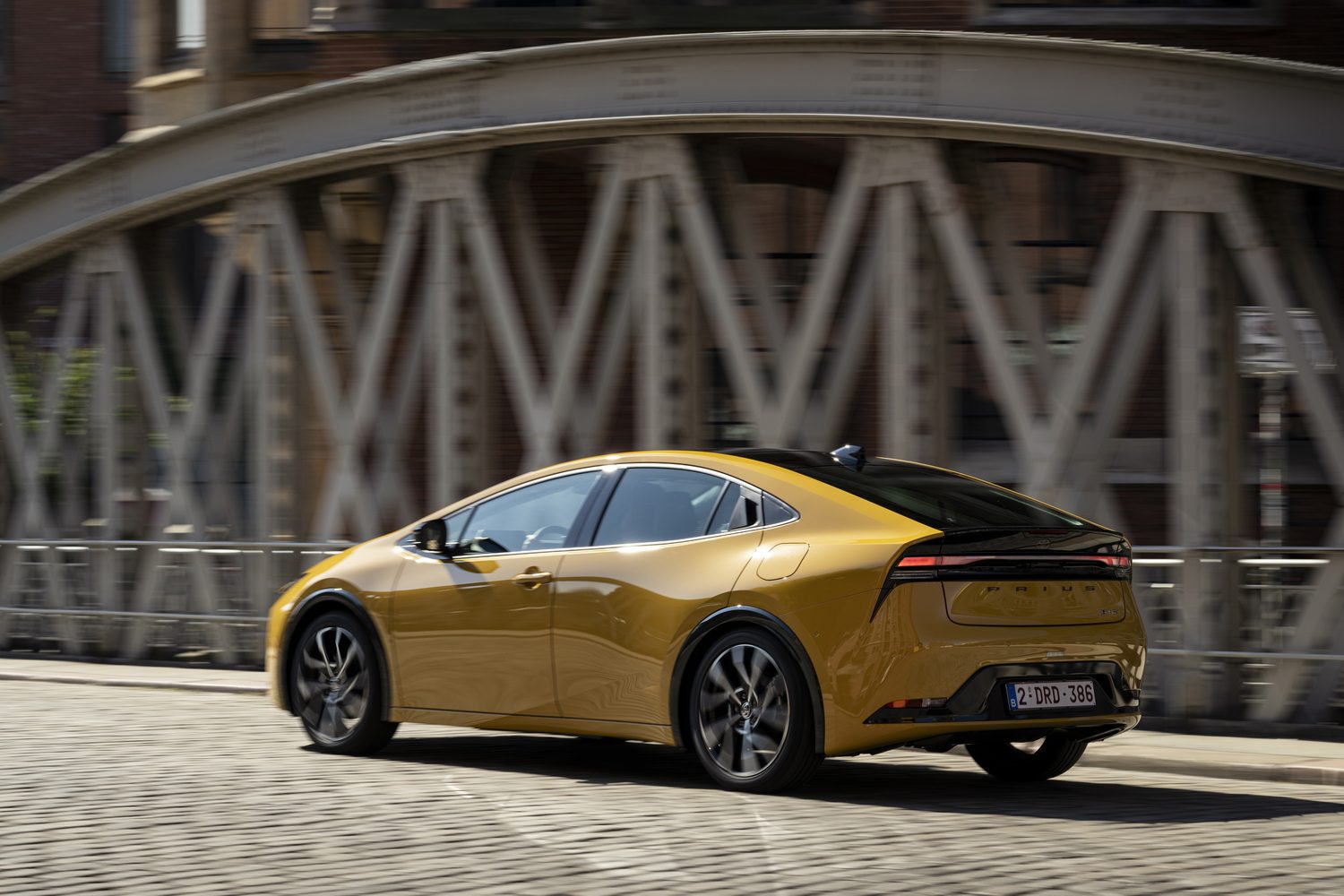
Launchpad to fully electric
The benefits of such cars are obvious. For most people (and remember, according to the Central Statistics Office, Irish drivers on average cover only 20km per day), it means that day-to-day driving - the commute, shopping, school drops and pickups - can be covered by the batteries and the electric motor, meaning you won’t need to fire up the petrol engine until you need to take on a longer journey. Fuel costs plummet, while the planet breathes a little easier too as you’re not pumping as much CO2 into the air every time you back off the driveway. PHEVs are also an effective way to get people used to the sensations and style of electric driving, making them a useful bridge to fully electric cars.
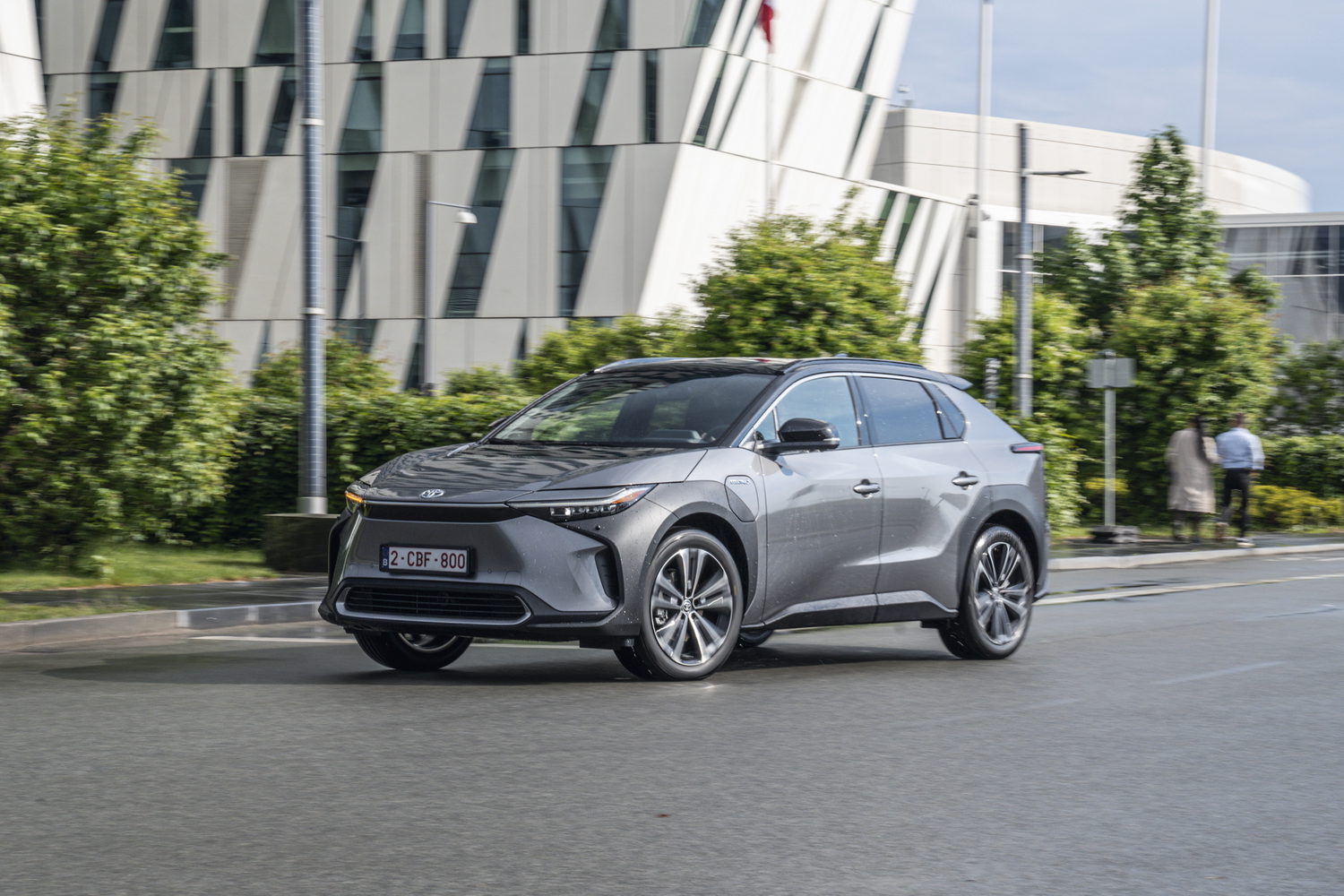
Of course, Toyota makes fully electric vehicles (EVs) too. The bZ4X electric SUV is already on sale in Ireland and uses a 71kWh battery pack to provide a range of up to 505km on a full charge. Unlike a hybrid or a plug-in hybrid, now there’s no combustion engine at all. The electric motor draws energy from the battery and turns the wheels directly, making this the most efficient form of motoring right now. Charge up at night, using night-rate electricity, and not only will you be dramatically reducing your carbon footprint, you’ll also be saving yourself hundreds of Euros each month compared to the fuel costs for a conventional petrol or diesel model.
So, electric and electrified cars are already with us, and have been for some time. You simply choose which one best suits your driving needs, your lifestyle, and your budget: a hybrid with no plug; a plug-in hybrid for up to 75km on electric power with the backup of a petrol and hybrid system; or a fully electric car that only drives with zero emissions.

